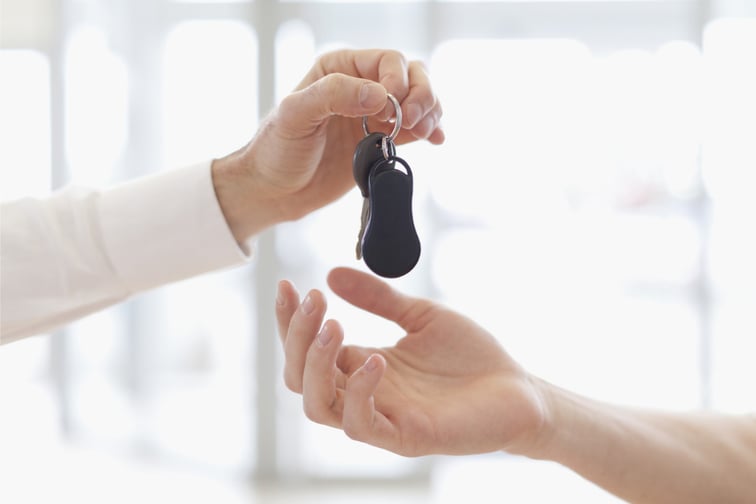

Consider this scenario: You just bought your dream car worth $40,000. To do this, you paid 15% down ($6,000) and took out a loan to finance the balance ($34,000). But as you were driving your car home, another vehicle crashed into you, wrecking yours beyond repair. You then submitted a claim to your car insurance provider.
A few days later, your insurer called you back, confirming that they would reimburse you for the full value of your car, which is $32,000. Shocked, you told them that your vehicle is worth $40,000. The carrier responded by telling you it was – until you drove it off the car park lot.
After all, according to the financial comparison website Ratehub.ca, a vehicle’s value depreciates by at least 20% as soon as it is driven off the dealership’s lot and about 10% each year after that.
But to make your hypothetical situation worse, the amount the insurance company said they would pay was not even enough to cover your entire auto loan, requiring you to shell out the remaining $2,000.
This is where gap insurance comes in handy. This type of policy is designed to cover the gap between what your insurer is willing to pay and the outstanding amount from your car loan.
Also called guaranteed asset protection insurance, or in the case of car policies, guaranteed auto protection, gap insurance is an optional coverage that protects car owners if their vehicles are totalled – meaning the damages sustained are beyond repair – or stolen. It pays out the difference between the actual value of the vehicle – which is usually covered by standard auto insurance policies – and the outstanding balance in the car loan.
Gap insurance is typically sold through car dealerships and financing companies, although there are also some insurance providers that offer this type of coverage. Most lenders and dealerships offer gap cover as a one-time premium, which can be rolled into the car loan.
This type of policy usually lasts for at most two years because, according to Ontario-based automotive news outlet Driving.ca, by this time enough of the car loan has been paid back that there is no longer a gap between what is owed and the vehicle’s depreciated value.
When considering whether to purchase gap insurance, there are several common exclusions that car buyers should bear in mind, according to insurance brokerage firm Thinkinsure. These are:
For gap cover to kick in, Canadian vehicle owners also need to purchase basic car coverage, otherwise, they will not be eligible for reimbursements.
Premium prices for gap insurance vary depending on the type of vehicle and company offering cover but estimates from Driving.ca peg the amount at around 5% of the cost of collision and comprehensive coverage, which is between $350 and $800.
The news outlet also has sage advice for car owners considering this type of cover.
“Before you head over to the dealership to buy your new vehicle… contact your insurance company first and get a quote for gap insurance,” the firm wrote on its website. “That way, when you’re at the dealership and they ask you if you would like gap insurance rolled into your monthly vehicle payment, you’ll have a second quote to compare it to. Often, gap insurance purchased from an insurance company costs less than if it were purchased from a dealership.”
According to automotive website Edmunds, many Canadian car buyers find gap insurance appealing because “it protects them against two factors they can’t control – the quick depreciation of a new vehicle and the method insurance companies use to determine how much to pay if a car is totalled.”
This type of coverage, however, does not suit all vehicles buyers. According to Driving.ca, car buyers should only consider purchasing gap insurance if:
For those buying used cars, it is not worth taking out gap coverage as most of these vehicles do not depreciate as quickly as their brand-new counterparts and the loan terms are usually shorter.
Driving.ca also noted that it’s unlikely that a dealership will offer someone gap insurance after they have already purchased a vehicle. In this situation, car owners’ best chance of getting coverage is through car insurance companies, although the process may take longer.
“You may have to make some calls before you find an insurance provider that is willing to offer it on a vehicle that has already been purchased,” the firm cautioned.
